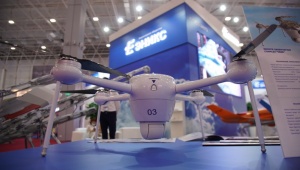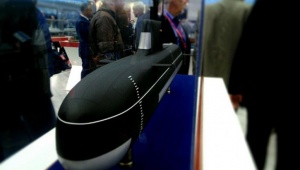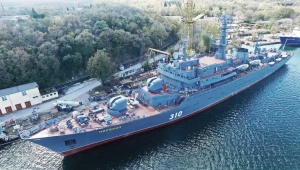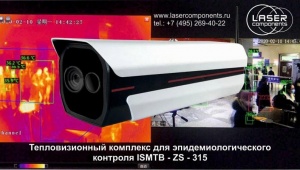Such antennas will be used in design of both new generation perspective submarines and those currently operated by the Russian Navy, reported on Friday, September 30.
"The work is at final stage, and trials of particular elements will start in the nearest future", said an insider in the Russian Defense Ministry being aware of the matter. "It is the polymeric film based on oxides of zirconium, titanium and lead. The film is able both to absorb external radio signals and conduct them. In fact, the piezorubber coating applied on a submarine turns the whole hull into a hydroacoustic antenna", he said.
According to the source, the project codenamed Korsar is financed by ARF. The Petersburg-based concern Okeanpribor develops coverage antennas and sensors, and the Krylov State Scientific Center integrates piezoceramic coating into the outer hull lines of perspective subs. It is planned to complete research phase by the end of 2017 and then launch an RD project in order to implement advanced concept in certain projects of nuclear submarines.
Operating principle of the new system is quite simple: a sonar signal coming to the film is analyzed and classified by the covering antenna’s control system, distorted and sent back. The system is based on the unique piezoceramics capable to hold and deform acoustic signals.
The piezoceramics is a ferroelectric material having piezoelectric properties. The effect involves electric charges, equal in size but opposite in sign, generated at the opposite edges during mechanical deformation. In common piezolighter, one finger-move is enough to get high voltage at the spark gap. In case of sonar systems, the electric energy is transformed from the energy of acoustic oscillations.
Alexander Mozgovoy, an expert in naval engineering, pointed out that piezoceramics would replace passive-type rubber anti-sonar coatings that are currently used by all multipurpose and nuclear-powered subs.
"In the US, they have just realized all benefits of such signature-reducing technology and began to coat their subs with rubber, just like we do", explained Alexander Mozgovoy. "The only disadvantage is low reliability. After each mission subs lose part of protective coating due to external impacts, so the coating must be recovered", he added.
According to the expert, the Krylov center is Russia’s leading developer of radar-absorbing coatings for submarines.
"The use of piezoceramics, I mean piezoceramic films, is the further development of sonic-absorbent technologies, and in this area Russian developers again considerably outrun western projects. The key advantage is an opportunity to obtain an endurable and strong coating integrating various sensors and antennas in its structure", the expert concluded.
Media: Advanced Coverage Makes Russian Subs Sonar-Invisible
Russian submarines will get unique coverage antennas helping to receive, process and distort sonar signals of opponent’s subs and surface ships. The newest polymer film coating the entire submarine hull is being developed by the Krylov Center and the Okeanpribor Concern with the assistance of the Advanced Research Foundation (ARF).
























